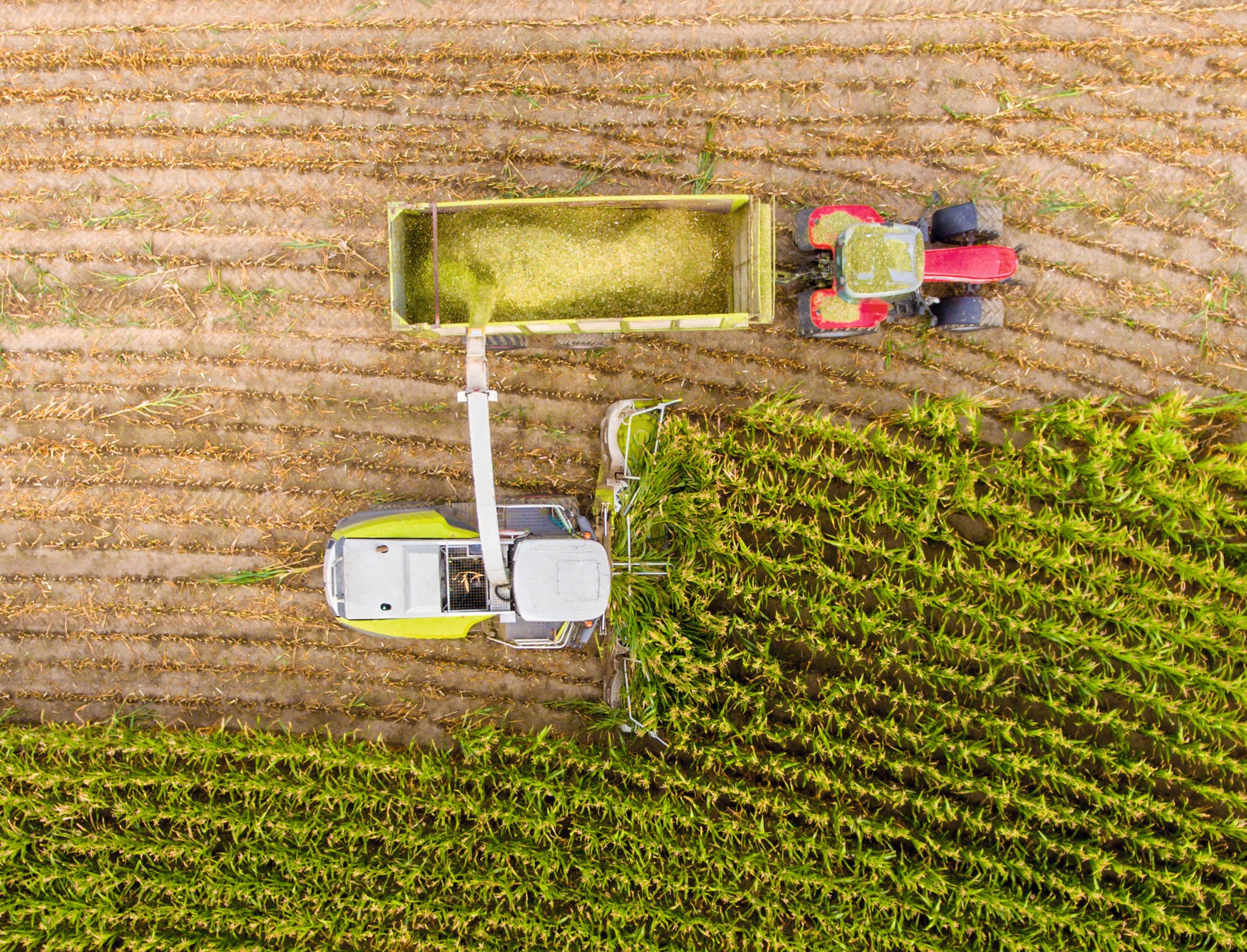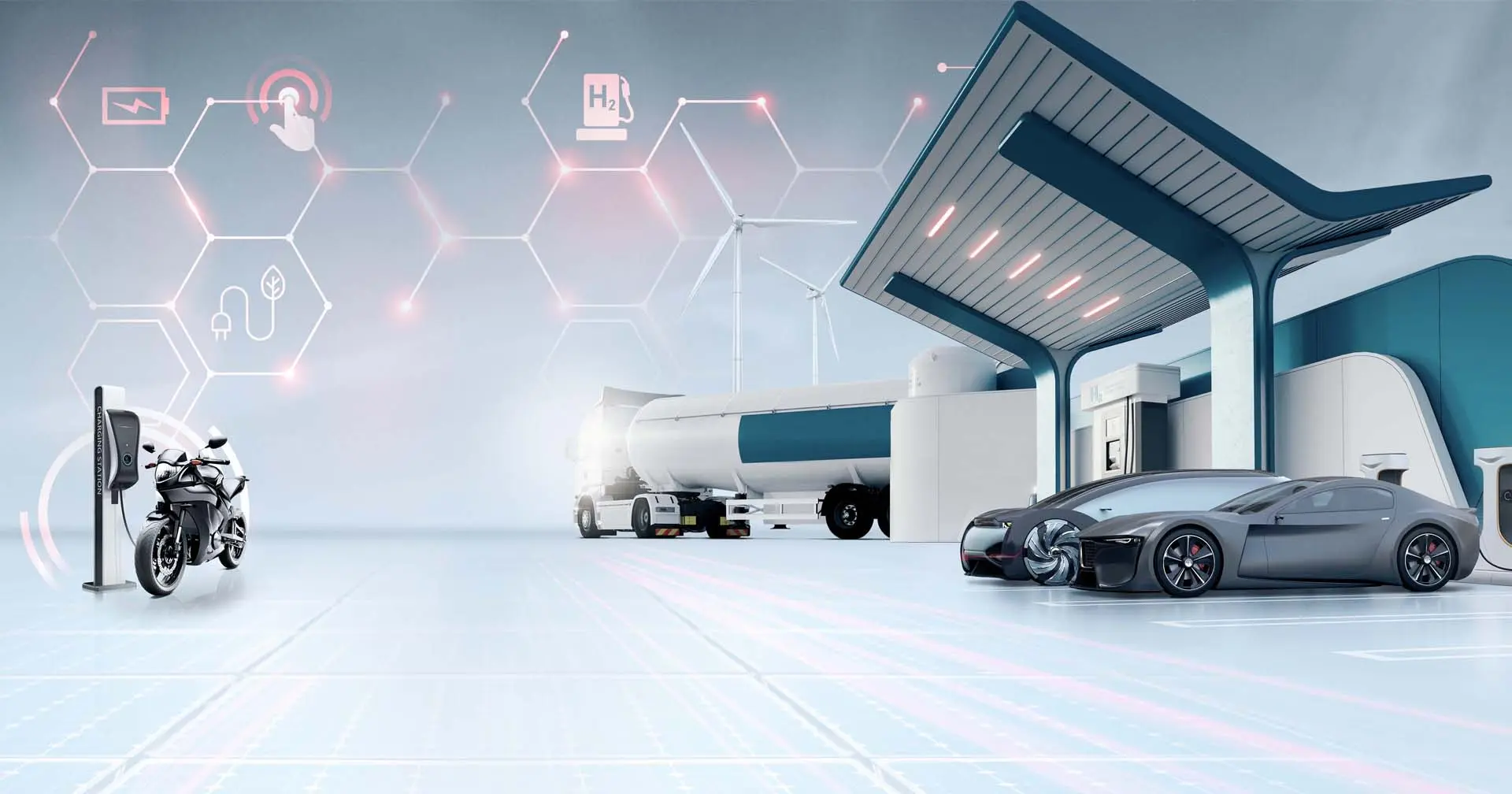They weigh several tonnes. Skillfully steering them across the fields requires years of experience: without combine harvesters, agriculture would not exist in its current form. But can even huge vehicles like these be operated without a driver? Autonomous driving on public roads is still prohibited by law - but technologically possible. Adapting and further developing this technology for the commercial vehicle sector promises a wide range of advantages. In this context, EDAG is helping to drive decisive steps forward.
Today, vehicles park themselves, keep in lane or maintain the necessary safety distance. This shows that much is technically possible - including fully autonomous driving. However, the legal framework for this is currently lacking. Vehicles are not yet allowed to drive fully autonomously on public roads. Even with the active support of comfort and safety systems, responsibility must remain with the driver.
If we make the leap to the commercial vehicle sector, many fields of application for autonomous driving in the non-public sector will also become apparent here. Driverless operation saves costs and increases accuracy and availability. People can also be assisted and protected in high-risk tasks, such as mining, the removal of contaminated materials or off-road.
Automation in the commercial vehicle sector - a challenge?
At EDAG, we look back on a wide range of customer projects in the field of automated driving - both in system design at vehicle level, and also in the development of control units. We have realised several value-added practical applications with environment recognition and sensor data fusion for automotive customers and developed the necessary algorithms ourselves.
How can we use this experience? To do this, we often use existing solutions in a "misappropriated" way. One approach, for example, is to integrate a central gateway into the electrical/electronic vehicle architecture. This collects the existing vehicle functions and enables a targeted modification. Functional safety and protection against manipulation (security) are fundamental here in order to protect the environment, data and people.
EDAG has developed a system and software platform. This is based on embedded universal control units and enables autonomous driving even for larger vehicle fleets of up to 500 series production vehicles. In order to respond to the different requirements of our customers, we have set up the platform generically.
Let's take a look at selected functions that our generic platform includes - because driverless operation of mostly large machines in the commercial vehicle sector brings further legal and technical challenges.
Optimally planned: It all comes down to path planning
Path planning is crucial in order to move the vehicles safely along the intended route. There are two options, depending on the application: a live calculation of the route or virtual planning by means of a map stored in the control unit or in a control centre.
In driverless operation, the vehicle must reliably determine the respective actual position. In the outdoor sector, this is done via a Global Navigation Satellite System (GNSS), such as GPS or Galileo. In addition, there are correction systems that are also based on satellites or installed reference stations. However, since there can still be deviations between the actual and target position, many use supplementary infrastructure measures for localisation. These can be RFID transponders on roads or ultrawideband reference transmitters on objects, for example.

Keeping an eye on the surroundings: reliable environment detection
Sensor technology faces a variety of challenges, especially in the outdoor sector. Ambient conditions change, for example due to dust, rain or fog. Even the nature of the detected surface is not constantly the same. How can errors be avoided?
The use of redundant systems based on different technologies offers a reliable solution. The raw data is evaluated and fused into an intelligent logic. How many different technologies are used differs depending on the application - costs and benefits must be considered individually here.

Steady on the predefined path: The path control strategies do the trick
Even in the event of external disturbances, a vehicle must follow the path and not suddenly lose it. For this purpose, path control strategies are used to ensure that the vehicle stays on the defined path. A central vehicle control unit (VCU) takes over the longitudinal and lateral controls. It also controls the steering, acceleration, deceleration or switching of other functions such as lights and turn signals.
Sensors monitor the path control. Various sensor data, such as the lateral deviation of the vehicle from the defined path or possible misalignments, are constantly recorded and transmitted to the VCU. There, the data is processed, filtered and converted into a uniform format - thus it can be determined whether the vehicle deviates from the specified setpoint. In short: It is monitored in real time whether the vehicle is still on the previously defined path.
Automatic emergency stop function increases safety
As mentioned, safety is always the top priority in autonomous driving. The localisation of the vehicle must therefore function reliably. The data from the self-localisation are therefore constantly compared with those from the trajectory and control deviations are detected. If the distance between the vehicle's own position and the reference track exceeds a previously defined threshold value, an emergency stop function can be activated. This increases the safety level enormously.
Customer requirements in view: individual system specifications
We develop the underlying system to further advance autonomous driving - but individual customer requirements take centre stage. That's why we work with our customers right from the start of the development process and record their requirements. Together we analyse the dangers and risks and can thus define the safety level of the system. Only then do we begin with the customer-specific application development.
Our embedded systems make a future-proof contribution to vehicle automation. Since the projects are scalable, they range from prototypes and showcase scenarios to productive solutions. Quality and safety are our top priorities. Our systems are as generic as possible and as application- and customer-specific as necessary. We develop automation systems holistically and integrate them into our customers' vehicle fleets.
Do you have a specific project or would you like to know more about autonomous driving? Feel free to contact Peter Weismüller, Project Manager Embedded Systems, or download our free white paper "Away from the road: the future will be driverless - the use of automated technologies for driverless transport tasks".






